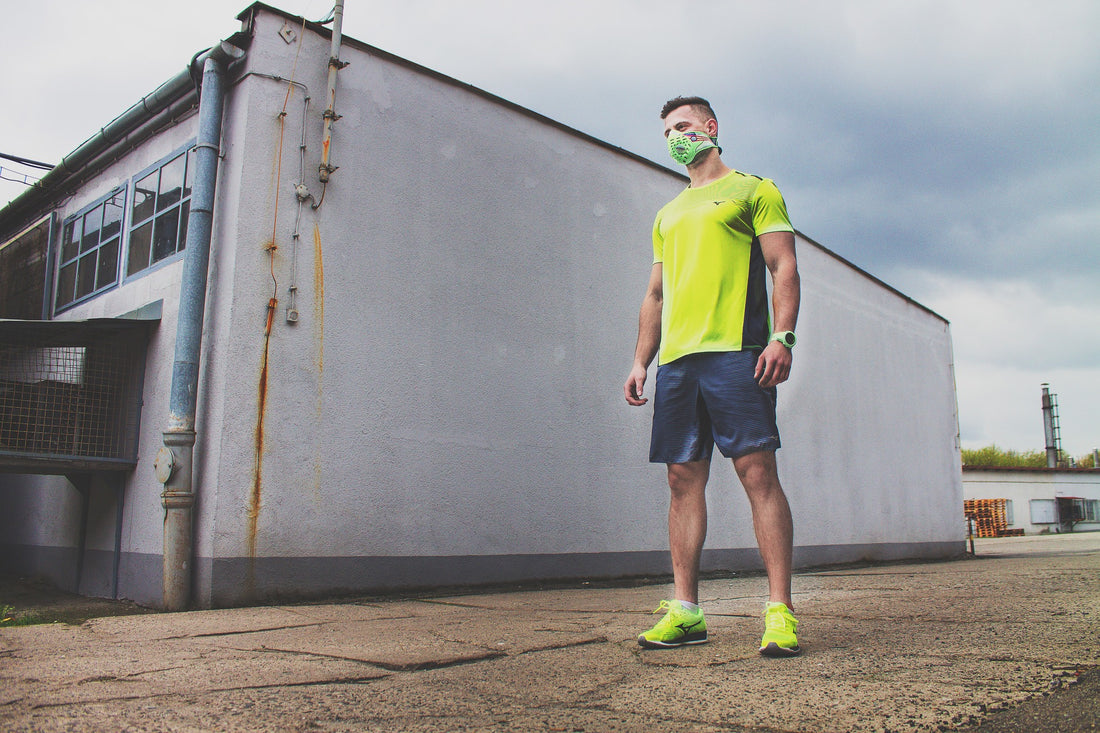
How Climate Change Affects Athletes
Share

From the melting ice sheets in Greenland to buckled roads in the US, July 2021 was the hottest month on earth, ever. In Canada, the ‘heat dome’ was blamed for record temperatures – reaching as high as 49.6°C.
The Tokyo Olympics was the sports event that bore the brunt of the heatwave. Temperatures hit 34°C in the Japanese capital on one of the days coupled with a humidity of nearly 70%. The high moisture content of the air means that the temperature felt well above 40°C.
What did that mean for athletes? Organizers had to move the marathon and race walking events to Hokkaido, 800 km away from Tokyo so that athletes could compete in less stifling temperatures.
Spanish player Paula Badosa suffered heatstroke in tennis and had to leave in a wheelchair during the quarter-final match against Marketa Vondrousova.
Water sports have offered no relief either. Long-distance swimmers had to wake up very early so their event could start at 6:30 am and finish before morning heat strikes. Beach volleyball players had to suspend training as the sand was too hot to stand on. Officials even had to hose down the sand before training could be resumed.
To prepare athletes ahead for the searing heat during the Tokyo Olympics, some of them had to undergo a heat acclimatization regime. In the past, athletes would either travel to warmer places to train or spend time in environmental chambers to adapt to heat and humidity for the competition. But in recent years, scientists have used a process called controlled hyperthermia to acclimatize the athletes. Athletes go through a 30-minute exercise to raise their core temperature to around 38.5 °C. Over the next 1 to 2 weeks, they will undergo several physiological adaptations via daily sessions of around 90 minutes. These are designed to invoke profuse sweating and elevate the core body temperatures during exercise. They do that by either using a heat chamber or in the absence of one, a sauna or spa bath will do too. At the same time, athletes are helped to achieve a lowered rest core body temperature and lower heart rates. Some also took pre-event ice baths to attain lower core body temperature to enhance heat endurance and improve stamina.
But heat and humidity are not the only challenges brought about by climate change. Consider pollution: Normally humans take in about 8 litres of air per minute. During exercise, this demand for air increases significantly. This is especially true for sports where repeated bursts of high-intensity activity can result in an athlete’s demand for air to increase ten-fold, at up to 100 litres per minute. So, when air quality is bad, it can cause significant respiratory distress to athletes. In some cases, it could prevent them from participating in sports altogether.
Consider the effect of last year’s bushfire during the Australian Open. Dalila Jakupovic collapse on the court after smoke sent her into a coughing fit and she had to withdraw from the match. The poor air quality in Melbourne also forced the abandonment of Maria Sharapova’s match in a warm-up event.
This is even worse for players who have pre-existing conditions such as asthma. The irritation caused by the pollutants in the air could trigger a reaction that narrows the airways, making breathing harder.
In places where ethanol is added to petrol, unhealthy levels of ozone pollution resulted. This is ironic especially when ethanol is supposed to be a green fuel as less carbon is emitted during combustion. Studies have shown that when athletes breathe in high amounts of sulphur dioxide and ozone, the airways in the lungs can be constricted. In turn, this has a direct impact on their performance. For high performing and intense events such as the Olympics, where victories are measured in milliseconds, air pollution has a direct bearing on who the victors and losers are.
Given that individuals can’t do much to reverse the effects of climate change, what can we do to protect ourselves?
- Shift your workout sessions to the early mornings and late evenings. This is especially true for high-intensity activities where a large amount of air intact is needed. The early morning and late evening sessions are also cooler times to work out.
- Monitor air pollution levels. Haze pollution can be bad during certain times of the year. In particular, pay attention to the 1-hr PM2.5 Readings. PM2.5 refers to particulate matter that is 2.5 microns over smaller in size. These particles are among the most harmful to health. Athletes often complain of shortness of breath and poor performance on heat, when in fact pollution is the cause.
- Avoid exercising besides busy roads. This is especially important for runners, who often train on paths beside busy roads where pollutants resulting from vehicle exhaust are the worst. Choose to exercise in parks or trails away from the traffic.
- During pre-Covid days, we have no qualms about moving our training indoors, especially when the weather was hot. It is still possible to train indoors during a pandemic– we just have to avoid crowds and ensure the venue has good ventilation.
Indeed, climate change has a very direct bearing on the well-being and performance of athletes. Although as individuals we can’t fix the problems brought about by climate change, we can alter where and when we train to mitigate the negative effects of climate change.
If you choose to train outdoors as most of us are apt to do, consider putting on a pair of UV-protected sunglasses. Sunday Shades has a wide range of excellent sunnies that are specially designed for athletes. Ultra-lightweight, no-bounce and snug-fitting, they’re made just for you. Check out their full range here.
